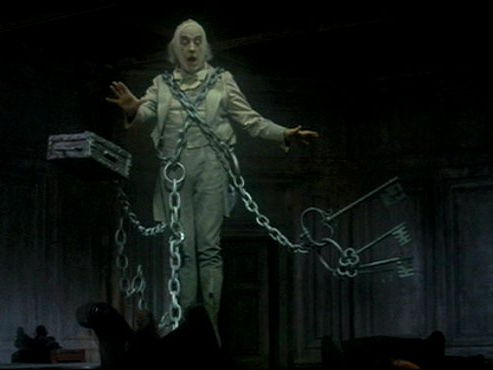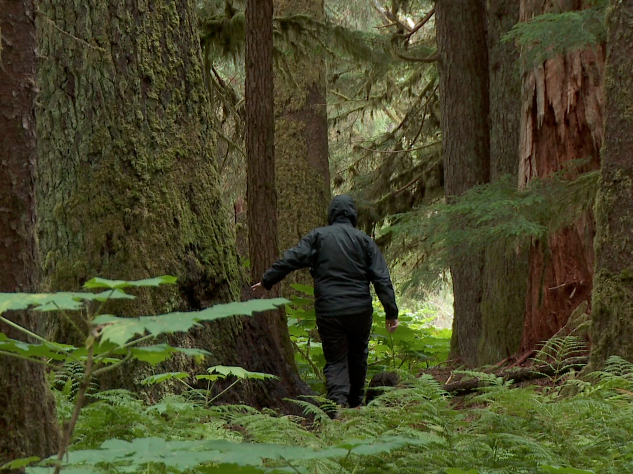Kay Gemm's Shop
I am a secondary English and Media teacher in the UK and have always enjoyed the process of creating lessons to help students be engaged and enjoy the subject. In the shop you will find resources that cover popular topics taught throughout English Secondary schools. The resources range in age from 11 years- 16 years old and you will find that lessons have many differentiated tasks to suit the needs of your learners. Not only have I enjoyed creating the lessons, but I have loved teaching them!






















